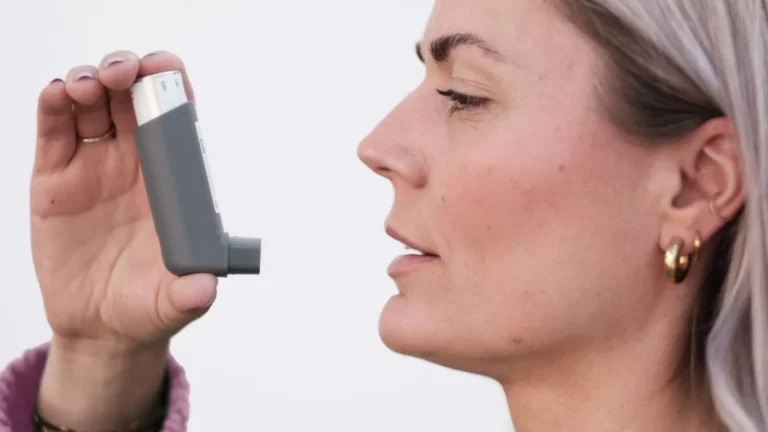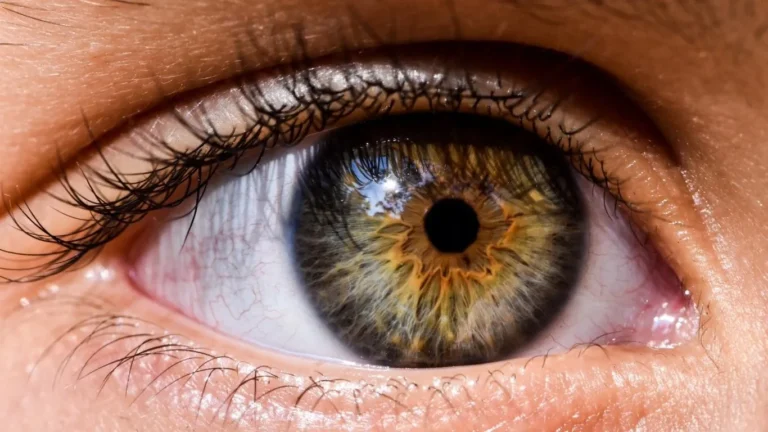Shocking Truth About Asthma Symptoms Triggered by Hot Showers
If you’re someone who loves a hot shower to unwind after a long day, but you’ve noticed your asthma acting up during or right after, you’re definitely not alone. Asthma symptoms triggered by hot showers is a surprising yet common issue I’ve seen often in my practice as a pulmonary nurse practitioner. Many patients don’t realize how something as simple as steam and heat can stir up their respiratory system, causing coughing, wheezing, and that tight chest feeling that no one wants to deal with.
From my experience working closely with asthma patients, I’ve learned that the environment around us — especially things we take for granted like shower temperature — can play a major role in how well we manage our symptoms. In this article, we’ll explore why hot showers might be setting off your asthma, what happens inside your airways, and simple tips to keep your symptoms in check without giving up your relaxing shower ritual.
Why Do Hot Showers Trigger Asthma Symptoms?

First off, it’s important to understand that asthma is all about inflamed and sensitive airways. When you step into a hot shower, the warm water creates steam that fills the bathroom, and this moisture-filled air can actually irritate your lungs.
The Role of Steam and Heat
While warm showers can sometimes feel soothing, for many people with asthma, the hot, humid air can cause the airways to narrow or become inflamed. This happens because the steam increases moisture in the air, which can trigger the nerves inside your airways and cause bronchospasms — basically, your airway muscles tighten up, making it hard to breathe.
Think of your lungs as delicate tubes lined with sensitive skin — when that skin is exposed to something it doesn’t like, like excessive moisture and heat, it reacts. This leads to the hallmark asthma symptoms like coughing, wheezing, and that chest tightness that we all know too well.
My Personal Observations
Over the years, I’ve had patients who were baffled by why their symptoms worsened despite good medication control. After digging a little deeper into their daily routines, the culprit was often a hot shower or long steamy baths. One patient even told me, “I never thought something as normal as a shower could mess with my asthma!” But when she switched to slightly cooler water and kept the bathroom ventilated, her symptoms improved noticeably.
Common Asthma Symptoms Triggered by Hot Showers

Recognizing which symptoms might flare up after a hot shower can help you manage them better. Here are the most common asthma symptoms linked to hot showers:
- Coughing: Often the first sign that your airways are reacting to steam and heat.
- Wheezing: That high-pitched whistling sound during breathing, especially when exhaling.
- Shortness of breath: Feeling like you just can’t get enough air.
- Chest tightness: The uncomfortable pressure or squeezing sensation in your chest.
- Increased mucus production: Some people notice more phlegm after exposure to hot, humid air.
Why Some People Are More Sensitive
Not everyone with asthma will react the same way to hot showers. Factors like the severity of your asthma, the control of your symptoms, and even your bathroom setup (ventilation is key!) play big roles.
For example, patients with more sensitive or uncontrolled asthma often experience more intense reactions to triggers like steam. On the flip side, if your asthma is well-managed and you’re mindful about the shower environment, you might not notice much of a difference.
How Hot Showers Affect Your Airways Physiology
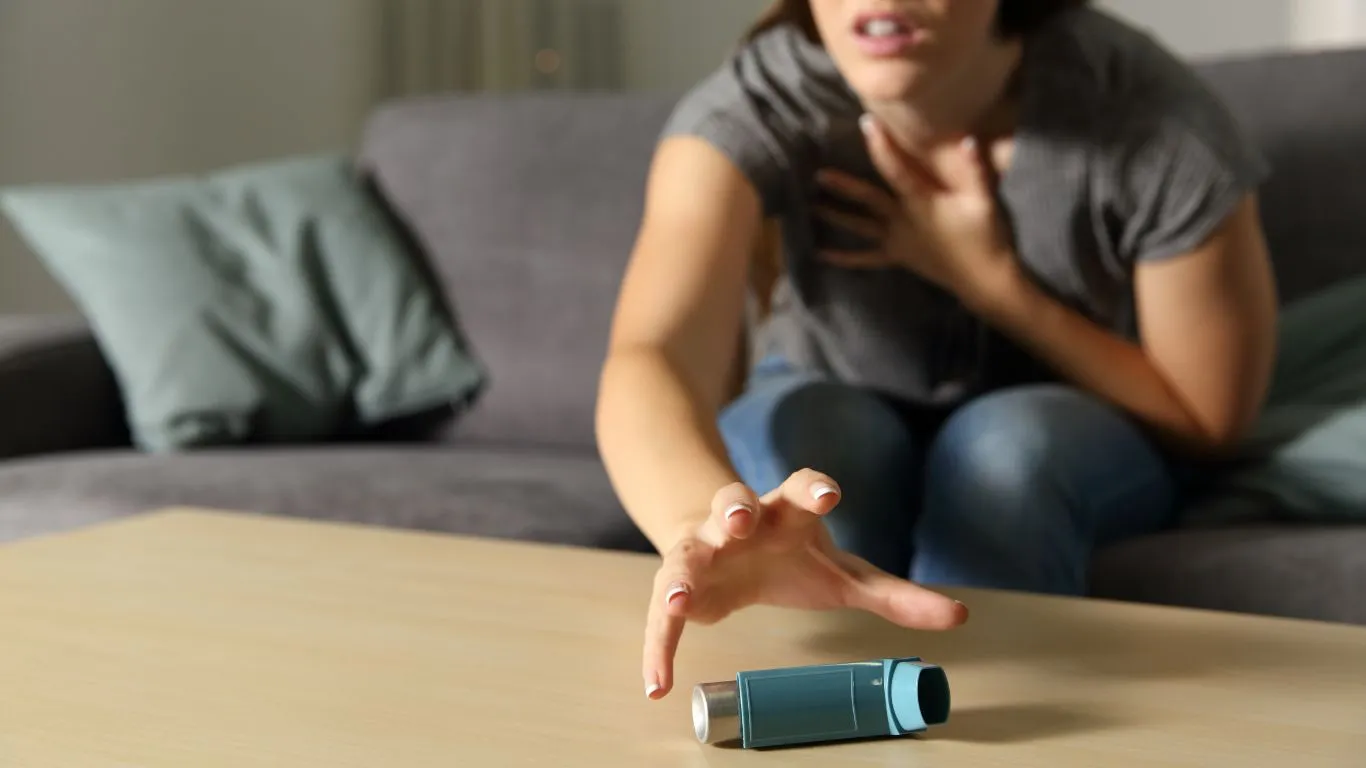
Let’s get a little technical, but I promise to keep it straightforward. The warm, moist air from a hot shower causes the blood vessels in your airways to dilate (expand), which leads to swelling of the airway lining. This swelling narrows the space where air can flow freely, making it harder to breathe.
At the same time, the heat and humidity can stimulate the nerve endings in your airways, which trigger the muscles around the airways to contract — this is the bronchospasm I mentioned earlier. The combination of swelling and muscle tightening creates that classic asthma attack feeling.
Also, steam can increase the production of mucus in your lungs, and this extra mucus can clog up already narrowed airways, further worsening your symptoms. It’s like your lungs are trying to protect themselves but end up making breathing even more difficult.
Practical Tips to Manage Asthma Symptoms Triggered by Hot Showers
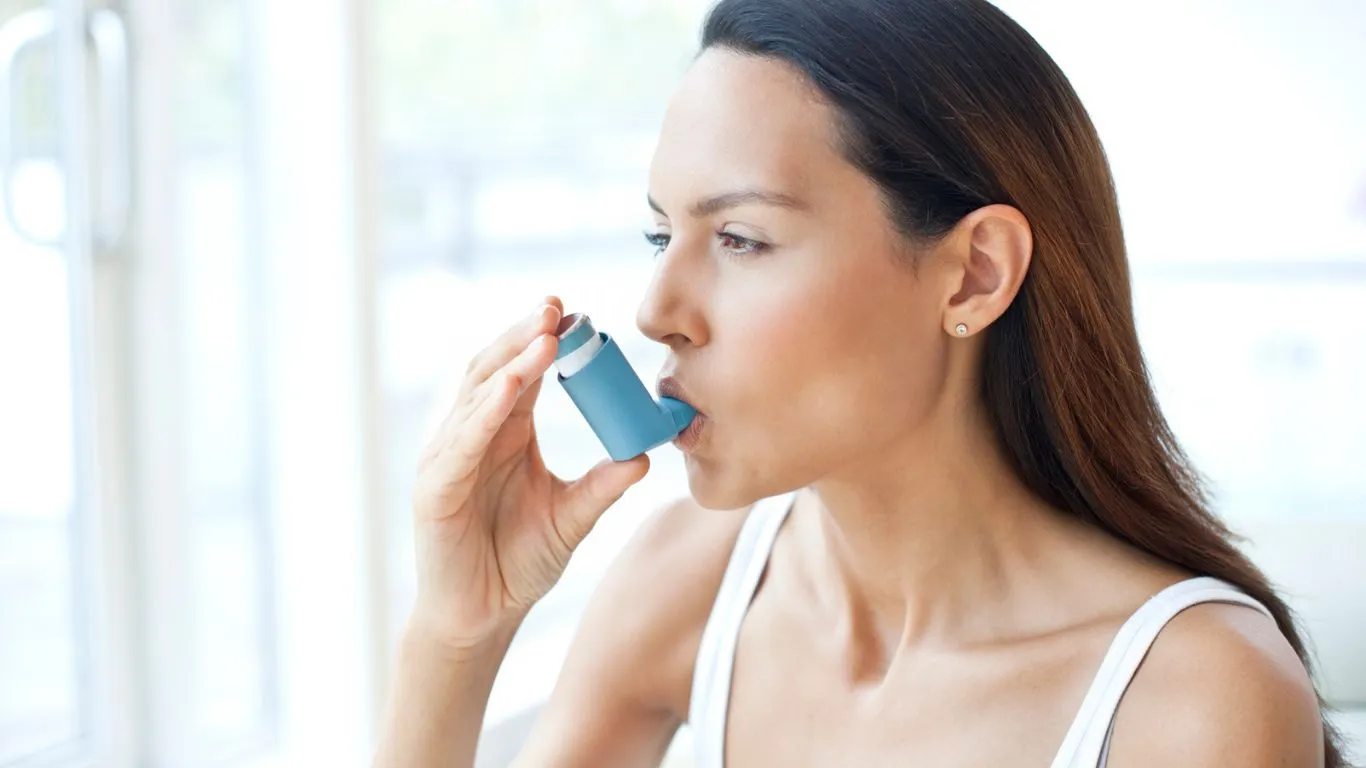
Now that we understand why asthma symptoms triggered by hot showers happen, the next big question is: how can you still enjoy your shower without setting off an asthma flare-up? Over the years working with patients, I’ve picked up some straightforward, practical tips that really make a difference — no need to sacrifice your comfort completely.
Lower the Temperature, Gradually
One of the easiest things you can do is dial down the water temperature. Instead of blasting that hot water full blast, try going for a warm, comfortable temperature. I often tell my patients to ease into it slowly — you might find that your lungs don’t react as strongly when the air isn’t overly steamy or hot.
For those who love really hot showers, I get it — it’s hard to change a habit! But even just shaving off a few degrees can reduce the amount of steam and help keep your airways calmer.
Improve Bathroom Ventilation
Ventilation is a game changer. When steam builds up in a small, poorly ventilated bathroom, the air gets thick and heavy, making it much easier for asthma symptoms to flare. If you don’t have an exhaust fan, consider installing one or cracking open a window to let the moisture escape.
In some cases, even running a small fan during or after your shower can help clear the steam faster. It’s such a simple fix, but trust me, it can make a huge difference in how you feel.
Keep Shower Time Short
Another tip that’s helped my patients is to keep showers shorter. Spending less time in that steamy environment means less exposure to the triggers. I usually recommend limiting showers to around 5–10 minutes — enough to clean up without overwhelming your lungs with humidity.
When to Use Your Asthma Medication Around Showers

For many people with asthma, prevention is key. That means sometimes using your inhaler proactively when you know you’re about to enter a trigger-filled environment — like a hot, steamy shower.
Pre-Shower Preventative Measures
If you’re prone to symptoms triggered by hot showers, talk with your healthcare provider about using a quick-relief inhaler (like albuterol) before you hop in the shower. I’ve seen this approach work wonders for patients who don’t want to change their routines drastically but want to stay symptom-free.
Of course, this should be tailored to your specific asthma management plan. Always consult your provider before making any changes.
After-Shower Recovery
Sometimes symptoms hit right after you get out of the shower. Having your rescue inhaler nearby and using it promptly can prevent a mild irritation from escalating into a full-blown asthma attack. From personal experience, many patients find that a few puffs post-shower helps open the airways and ease that tight chest sensation quickly.
Environmental Factors to Consider Beyond Temperature

While hot water and steam are the main culprits, there are other sneaky environmental factors in your bathroom that might worsen asthma symptoms triggered by hot showers.
Mold and Mildew
Bathrooms are prime spots for mold growth thanks to all the moisture. Mold spores are notorious asthma triggers — if you’ve ever noticed your symptoms worsening after a shower, it’s worth checking for mold or mildew buildup around tiles, curtains, or grout.
Keeping your bathroom clean and dry can reduce mold growth. Using a squeegee on the walls after a shower and running fans to dry the room can help, too.
Fragrances and Cleaning Products
Many soaps, shampoos, and cleaning agents release strong fragrances or chemicals that can irritate sensitive airways. If you’re finding your asthma acting up around shower time, try switching to unscented or hypoallergenic products. Sometimes, even subtle changes like this can make a huge impact.
Hard Water and Mineral Buildup
Believe it or not, the quality of your water can play a role. Hard water often contains minerals that can irritate the skin and respiratory tract, especially when turned into steam. Installing a water softener or using filtered water in your shower might be a worthwhile investment if you notice persistent symptoms.
Personal Tips From My Pulmonary Practice
Beyond the general advice, I’ve learned some patient-tested tricks that go beyond the textbook. Here are a few things I often share:
- Use a cool mist humidifier outside the bathroom: If you find dry air triggers your asthma more than steam, balancing humidity in your home can help.
- Try breathing exercises post-shower: Simple techniques like pursed-lip breathing can help calm your airways after exposure.
- Monitor your peak flow: Keeping an eye on your lung function regularly can alert you if showers or other factors are affecting your asthma control.
Each patient is unique, and what works for one person might not work for another. But with a little experimentation and guidance from your healthcare team, managing asthma symptoms triggered by hot showers can become a manageable part of your routine.
Long-Term Strategies to Prevent Asthma Symptoms Triggered by Hot Showers

Managing asthma symptoms triggered by hot showers isn’t just about quick fixes — it’s about building long-term habits that protect your lungs and improve your overall respiratory health. From my years as a pulmonary nurse practitioner, I’ve seen that patients who commit to consistent self-care and environment awareness often experience fewer flare-ups and better quality of life.
Optimize Your Overall Asthma Control
Before anything else, the best way to reduce any asthma triggers — including hot showers — is to keep your asthma well-controlled. This means:
- Taking prescribed controller medications regularly: These reduce airway inflammation and make your lungs less reactive.
- Having a clear asthma action plan: Knowing how to adjust medications or when to seek help if symptoms worsen.
- Regular follow-ups with your healthcare provider: Asthma is a dynamic condition, and treatment needs can change over time.
From personal experience, I’ve seen patients who felt frustrated with their symptoms but made huge improvements simply by sticking to their medication regimen and communicating openly with their providers.
Creating an Asthma-Friendly Bathroom Environment
Beyond ventilation and temperature control, there are other small but meaningful changes you can make in your bathroom to reduce symptom triggers:
- Install moisture absorbers: Products like silica gel packs or dehumidifiers can help keep humidity levels balanced.
- Use asthma-friendly cleaning products: Opt for fragrance-free, non-toxic cleaners that won’t irritate your lungs.
- Regularly inspect and clean: Make sure there’s no hidden mold or mildew in corners, shower curtains, or around faucets.
It might sound like a lot, but creating a safe environment can make showers something to look forward to instead of dread.
Understanding When to Seek Medical Advice
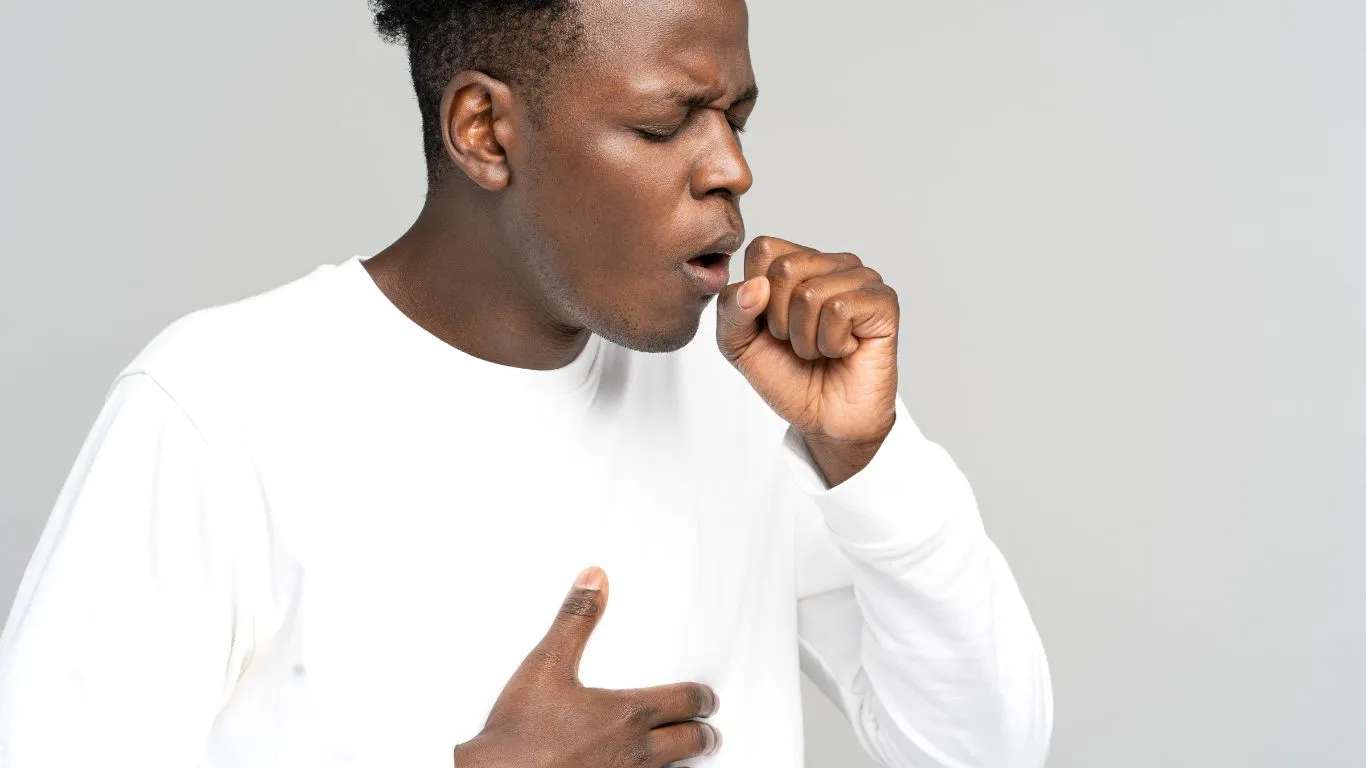
While many people can manage asthma symptoms triggered by hot showers on their own, it’s essential to recognize when professional help is needed. If you notice any of the following, it’s time to consult your healthcare provider:
- Frequent symptoms despite medication: If coughing, wheezing, or chest tightness after showers happens more often or worsens.
- Increased use of rescue inhalers: Using quick-relief inhalers more than twice a week (outside of exercise) indicates poor control.
- Difficulty performing daily activities: Asthma symptoms that interfere with work, sleep, or exercise need reassessment.
- Hospital visits or steroid use: Any emergency room visits or oral steroid bursts mean your asthma plan needs updating.
Don’t hesitate to bring up environmental triggers like hot showers during your appointment. Sometimes these little details are the missing piece in tailoring your treatment.
My Experience Encouraging Open Communication
In my practice, I always emphasize the importance of sharing all asthma-related experiences — even things that seem minor or unrelated. When patients tell me about shower-triggered symptoms, we can adjust their care plan or recommend simple environmental tweaks that they might never have thought about.
Why Educating Yourself Matters
Asthma is a condition that requires ongoing learning and self-awareness. By understanding your triggers, such as hot showers, and knowing how to respond, you empower yourself to live better with asthma.
I often encourage patients to keep a symptom diary — jot down when symptoms happen, what they were doing, the environment, and what they ate or breathed in. This small habit can reveal patterns and help your healthcare team develop a personalized strategy.
Remember, managing asthma isn’t about perfection; it’s about progress and making thoughtful choices every day.
References
Disclaimer
The information provided in this article is for educational purposes only and does not substitute professional medical advice. Always consult your healthcare provider for diagnosis and treatment tailored to your individual health needs. If you experience severe or worsening asthma symptoms, seek emergency medical attention immediately.

Bianca Nala is a compassionate Nurse Practitioner with a strong background in primary and respiratory care. As a health writer for Healthusias.com, she combines her clinical expertise with a talent for clear, relatable storytelling to help readers better understand their health. Bianca focuses on topics like asthma, COPD, chronic cough, and overall lung health, aiming to simplify complex medical topics without losing accuracy. Whether she’s treating patients or writing articles, Bianca is driven by a single goal: making quality healthcare knowledge accessible to everyone.

